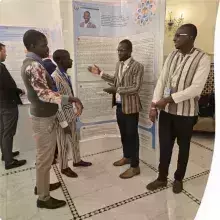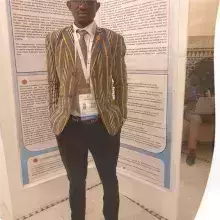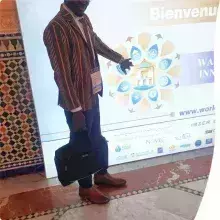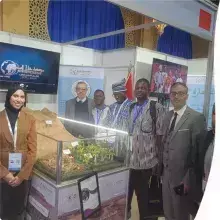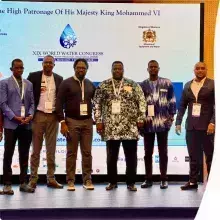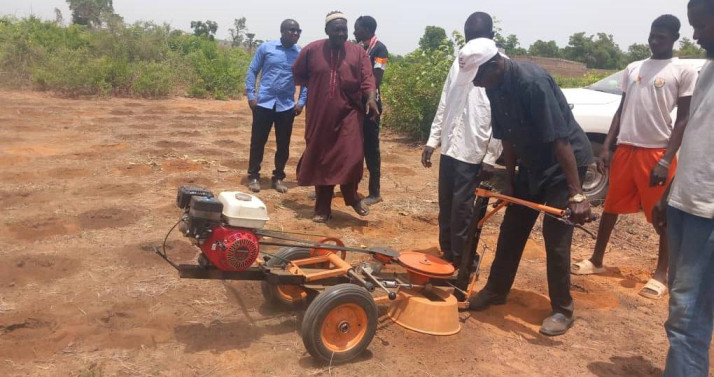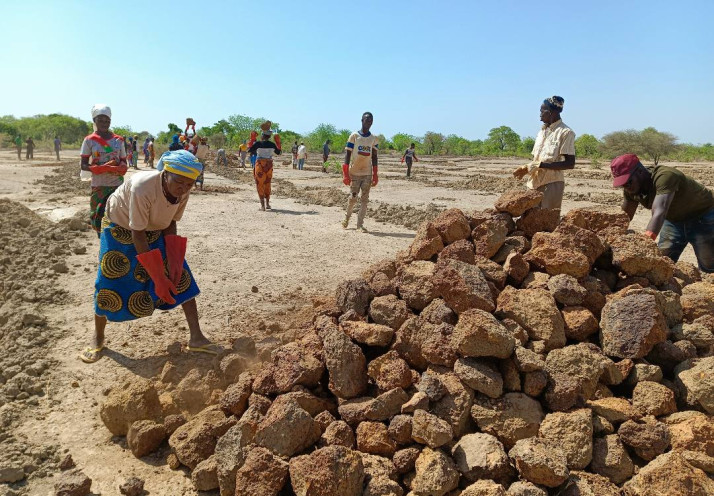𝑨𝒕 𝒕𝒉𝒆 19𝒕𝒉 𝑾𝒐𝒓𝒍𝒅 𝑾𝒂𝒕𝒆𝒓 𝑪𝒐𝒏𝒈𝒓𝒆𝒔𝒔: 𝑼𝑵𝑪𝑪𝑫 𝑪𝑳𝑷𝒔 𝑯𝒊𝒈𝒉𝒍𝒊𝒈𝒉𝒕 𝑪𝒐𝒎𝒎𝒖𝒏𝒊𝒕𝒚-𝑫𝒓𝒊𝒗𝒆𝒏 𝑰𝒏𝒏𝒐𝒗𝒂𝒕𝒊𝒐𝒏 𝒇𝒐𝒓 𝑾𝒂𝒕𝒆𝒓 𝒂𝒏𝒅 𝑺𝒐𝒊𝒍 𝑪𝒐𝒏𝒔𝒆𝒓𝒗𝒂𝒕𝒊𝒐𝒏
I had the honour of representing the UNCCD Community of Learning and Practice (CLPs) at the 19th World Water Congress, organized by the International Water Resources Association (IWRA) and held in Morocco from 1–5 December 2025.
On December 2nd, I presented a scientific poster entitled “Employment Intensive Investment Programme (EIIP) Strategy and Cooperatives for Water and Soil Conservation.” This innovative approach highlights how community-driven mechanisms, supported by adapted financial and cooperative models, can significantly strengthen water resource management and soil conservation efforts.
The presentation generated strong interest and sparked rich exchanges with international experts, practitioners, and development partners.
Beyond the poster session, I participated in several side events focused on:
🔹 Integrated Water Resources Management (IWRM)
🔹 Innovation in water policies
🔹 Smart and efficient irrigation
🔹 Nature-based solutions for water and land resilience
I also had the opportunity to visit the Moroccan Water Museum, an insightful experience that provided a deeper understanding of the country’s hydrological history, current challenges, and long-term strategies for sustainable water management.
This participation proved extremely enriching. It strengthened technical knowledge, facilitated new collaboration opportunities, and highlighted the importance of community-based innovation for protecting water and soil resources, promoting sustainable development, and advancing resilience in the context of climate change.

